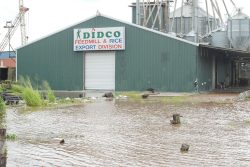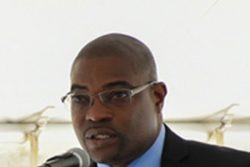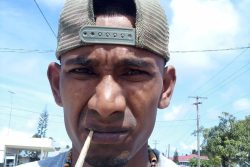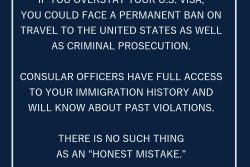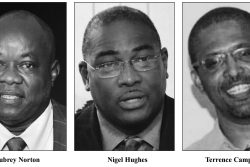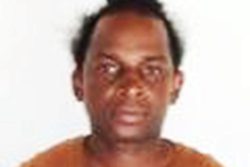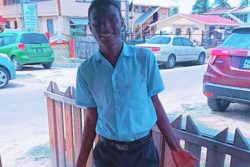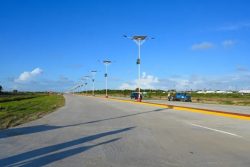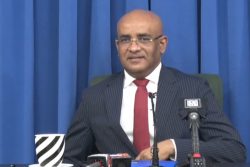One of the many impacts of the Covid-19 pandemic was the closure of the cinema, with the result that films released last year via streaming services are only now seeing the light of the wide screen, as life gradually returns to prior routines.
The film, Summer of Soul (…Or, When the Revolution Could Not Be Televised), was released in theatres in North America in early July, and requires the vast canvas of the cinema screen and its accompanying sophisticated surround sound system to be fully savoured. It is more than a film. It is part documentary, part music festival, part fashion show. Most importantly, Summer of Soul, unearths a significant cultural event, which was blatantly ignored by the establishment and seemed destined to be erased from the annals of history by the slow hand of the passage of time.
In 1969, much like today, American society found itself at the crossroads of time. Today’s USA is recovering from the confusion engendered by four years of pathological lying from the Oval Office and the ongoing fatal shootings of people of colour by police officers. In 1969, it was still coming to grips with the assassinations of Civil Rights Movement Leader Martin Luther King Jr and Democrat Senator Bobby Kennedy in the previous year, and the subsequent looting and protests sparked in 100 communities across the USA, including Los Angeles, Detroit and Harlem where the victims’ despondent supporters felt even further deprived by the system.
Two events of the American summer of ’69 have been very carefully recorded and preserved for posterity. Firstly, the moon landing of the Apollo 11 Mission, and astronaut Neil Armstrong’s famous walk on its surface on 20th July. Secondly, there was the famous counter-culture hippie themed happening, the Woodstock Music Festival. Now so well ingrained in American folklore, the concert is simply referred to as Woodstock. The festival was staged from 15th to 17th August, at a dairy farm located in Bethel, Upstate New York, 40 miles from Woodstock. It was estimated that 400,000 people were in attendance, and the generational event was captured in an Academy Award winning documentary, Woodstock. A double album soundtrack of the festival became a runaway best seller, and numerous commemorative anniversary albums and books have followed.
During the summer of ’69, 100 miles south from Bethel, another music festival was also happening. The 1969 Harlem Music Festival was a series of six free concerts which were staged at Mount Morris Park (renamed Marcus Garvey Park in 1977) on Sundays from 3 pm, and ran from 29th June to August 24th. In some quarters, it is felt that the festival to celebrate African American music and culture was given the blessings of the city which feared possible reprisals on the anniversary of King’s assassination, not to forget then New York (NY) Mayor John Lindsay’s upcoming reelection campaign.
The Parks, Recreation and Cultural Affairs Administration of NY and Maxwell Coffee House were among the few sponsors of the music festival. Thus, festival director, Tony Lawrence, a NY nightclub singer who booked the acts, and producer Hal Tulchin, who filmed the event, were functioning on a shoestring budget. With no money for stage lighting, Tulchin, an experienced television director, resolved the issue by conceptualizing the set to face the sun.
Tulchin utilized five videotape cameras and recorded 40 hours of music, dance and comedy from the festival, only to discover that no one was interested in the event. Apart from two one-hour screenings on a NY television station late on Saturday night, Tulchin’s attempts to sell the footage to the networks or documentary makers bombed. A decade ago, an attempt to make a documentary fell through, and thus the 47 spools of tape remained in Tulchin’s basement. Shortly before his death three years ago this month, Tulchin signed a contract with the producers of Summer of Soul to utilize all 40 hours.
Surprisingly, the producers, David Dinerstein, Robert Fyvolent and Joseph Patel, selected Ahmir ‘Questlove’ Thompson, a professor at New York University (where he is an expert on Black Music), but best known as drummer for The Roots, the house band on “The Tonight Show Starring Jimmy Fallon” to direct the film. Questlove, who had never directed a film, had never even heard of the event.
After immersing himself in Tulchin’s treasure trove of video footage for five months, Questlove has woven a tapestry of several of the cream of the crop of Black Music at the time, blending the genres of soul, R&B, gospel, blues, jazz and latin into an incredibly smooth flow. Chosen for his storytelling ability, Questlove splashes Tulchin’s highly professional recordings (which were digitally restored) in a sea of summer colours, constantly changing camera angles, gliding from riveting stage performances to the captivated packed houses swaying to the music. Pitched against frames of still photographs of the previous year’s dramatic events, the director catapults the viewer back into the realms of the forgotten past along a pulsating soundtrack, joining the 300,000 attendees who were kept secure at the concerts under the watchful eyes of the NY Police and the Black Panthers.
Tastefully juxtaposed with the stage performances are interviews with some of the performers recounting what drew them to the festival. Now aged like good wine, the artistes vividly recall their lives and times at that period, providing the viewer with a deeper insight and appreciation for the struggle to make it as a career musician.
Summer of Soul is not just a film. It is an experience. It is a bundle of energy. It is joy. It is a turning point in history. The film, which won the Audience Award and the Grand Jury Prize at this year’s Sundance Film Festival, is a remarkable summation of the entertainers’ performances, director Lawrence’s selections, Tulchin’s masterful eye and Questlove’s vision.
So how does 40 hours of highly professional video footage lie dormant for 50 years?
In an interview with Smithsonian.com in 2007, Tulchin bluntly stated, “It was a peanuts operation, because nobody really cared about black shows. But I knew it was going to be like real estate, and sooner or later someone would have interest in it.” Questlove views it simply as as the existence of revisionist history, “part of the all-too-common erasure of black history.”
Here in Guyana, we should observe the haunting parallel where the two sides of the divide are constantly trying to manipulate and twist the reality of the day to suit their political agendas to the detriment of our society as a whole. When will our true history be recorded? Who will capture the moments in words and on film? These are questions to ponder.
